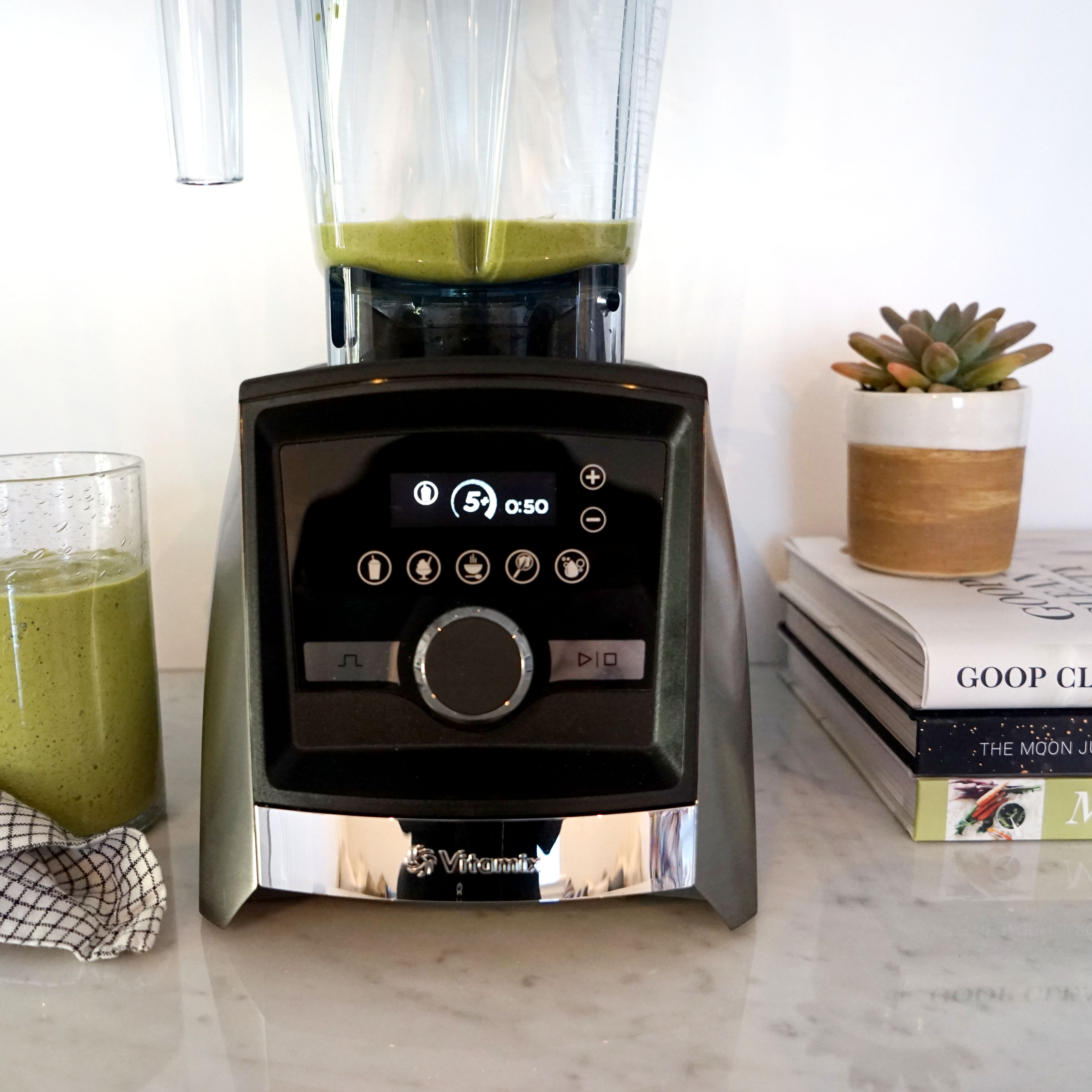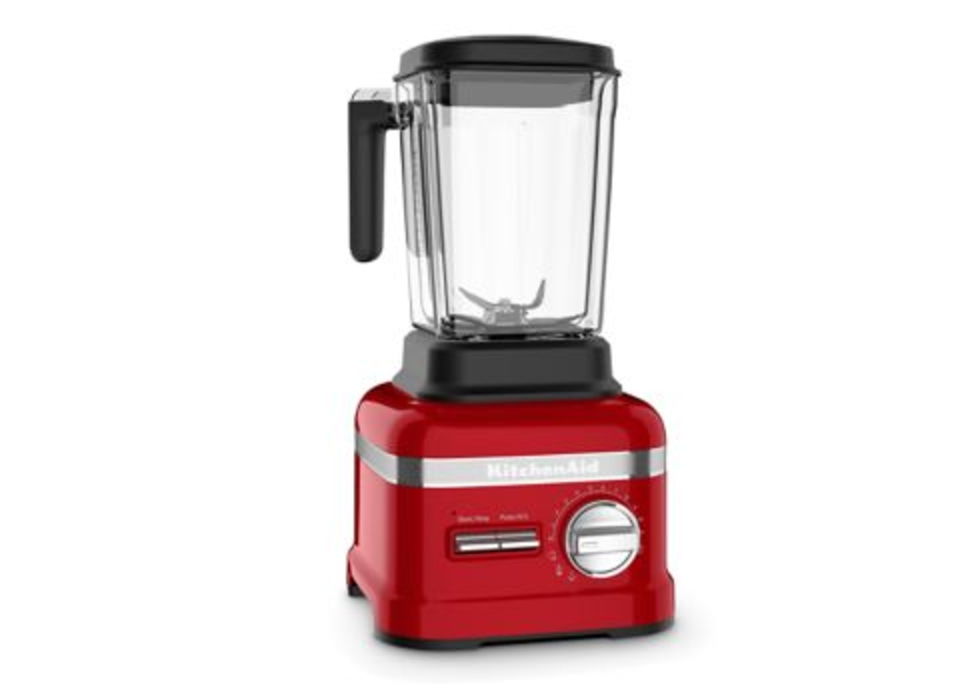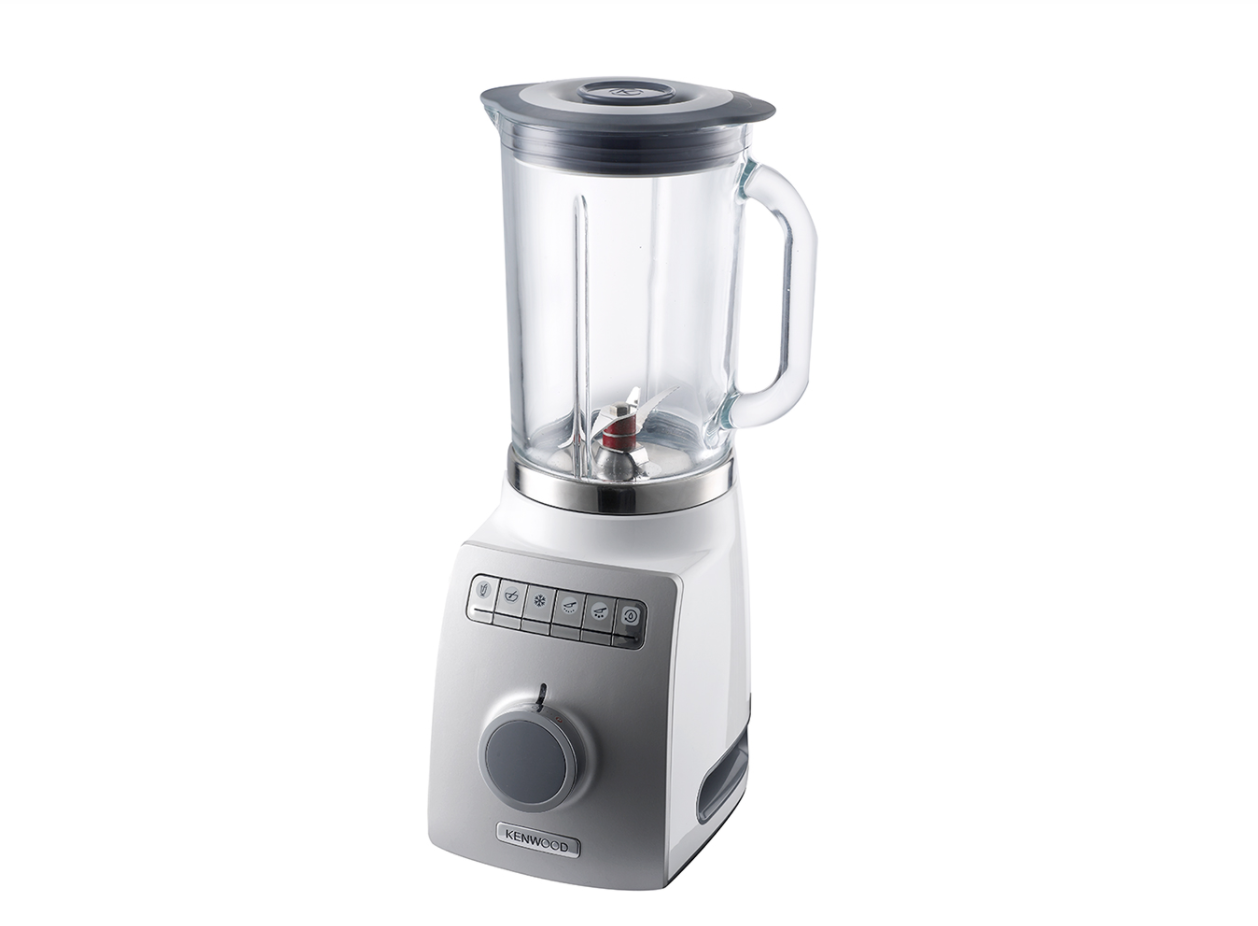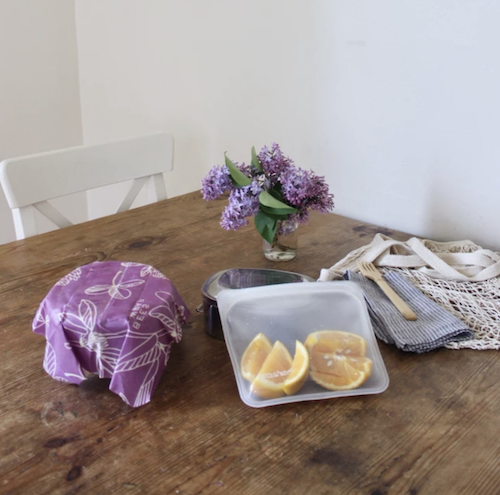
Blenders are sort of the Jack-of-all-trades when it comes to kitchen appliances.
You can use a blender to make smoothies, emulsify sauces, chop or puree produce, and some can even heat up and cook a full meal.
Blenders can cost anywhere from $20 to $1000, and it’s tough to know what you’re getting for your money when you’re looking at a box in the store. The key is to choose your device based on desirable features and your own specific culinary needs. Whether you plan on using it to juice, chop, cook, or just blend, read through this list and consider each factor carefully before making your final purchase.
Pick with Power.
If you’re looking for a powerful blender that can obliterate ice and whip nuts into butter, you’ll want to pay attention to the horsepower and wattage. Some of the fastest blenders on the market boast 3.5 peak horsepower and 1400 or 1500 watts. KitchenAid’s ProLine blender boasts a whopping 1800 watts.
Size matters.
Do you make giant batches of smoothies and soups for your family? If the blender container isn’t large enough, you’ll want to upgrade to a blender with an extra-large container. Some have as large as 72-oz. containers — ensuring that you don’t have to double batch your recipes for larger groups.
All about Style.
Vitamix’s Pro 750 blender is offered in a range of colors including on-trend copper, Dash’s Chef Series blenders come in show-stopping acid green, and Smeg’s blenders come in a rainbow of their signature pastel hues.
Make it personal.
If you’re tight on counter space and are most often making smoothies for one, a compact blender might do the trick. Vitamix’s S55 blender is specifically designed for making personal beverages, plus its small footprint and low profile is a dream for small kitchens.
Consider materials.
Kenwood’s Blend-X Pro blender has a ThermoResist glass container that ensures your hot soup won’t crack it. And BPA-free plastics ensure your family is safe from ingesting chemicals with their morning smoothie. Best to check how containers are made to ensure you’re getting the right fit for your needs.
Check the Warranty.
We’re all guilty of breaking a plate or glass in the kitchen, but a blender? That’s another story (and a whole lot more expensive). Many blenders offer a limited 1-year warranty, Blendtec offers a whopping 8 years and Vitamix tops the list at 10. Good to know before you buy.
Clean-up (can be) made easy.
Hand-washing a blender container is a pain— the razor sharp blades are tough to clean without injuring yourself! Many blenders offer dishwasher-safe containers or have a self-clean function. Just add a drop of soap to the container, then turn the blender on and watch it whirl. You’ll have a sparkling-clean blender in a matter of seconds.
Make it smart.
Blenders blend, but smart blenders can blend intelligently. For example, the Ascent series by Vitamix can sense the container size you sit on its base and adjusts the speed and strength of blending accordingly. The Blendtec Professional 800 has preset that time tasks perfectly and controls you slide your finger across to raise or lower speed.













